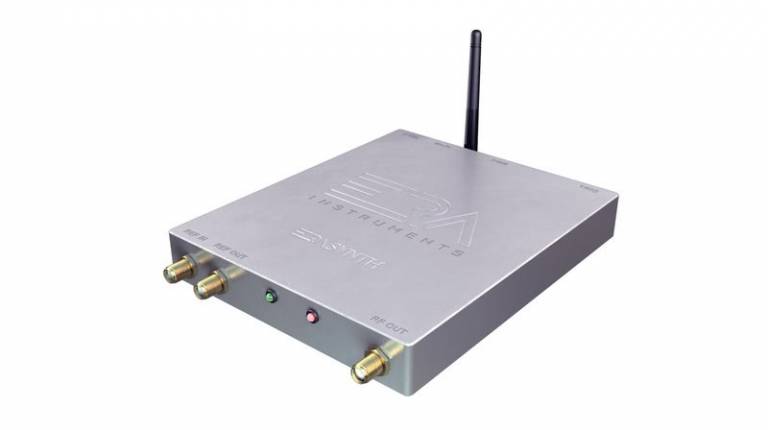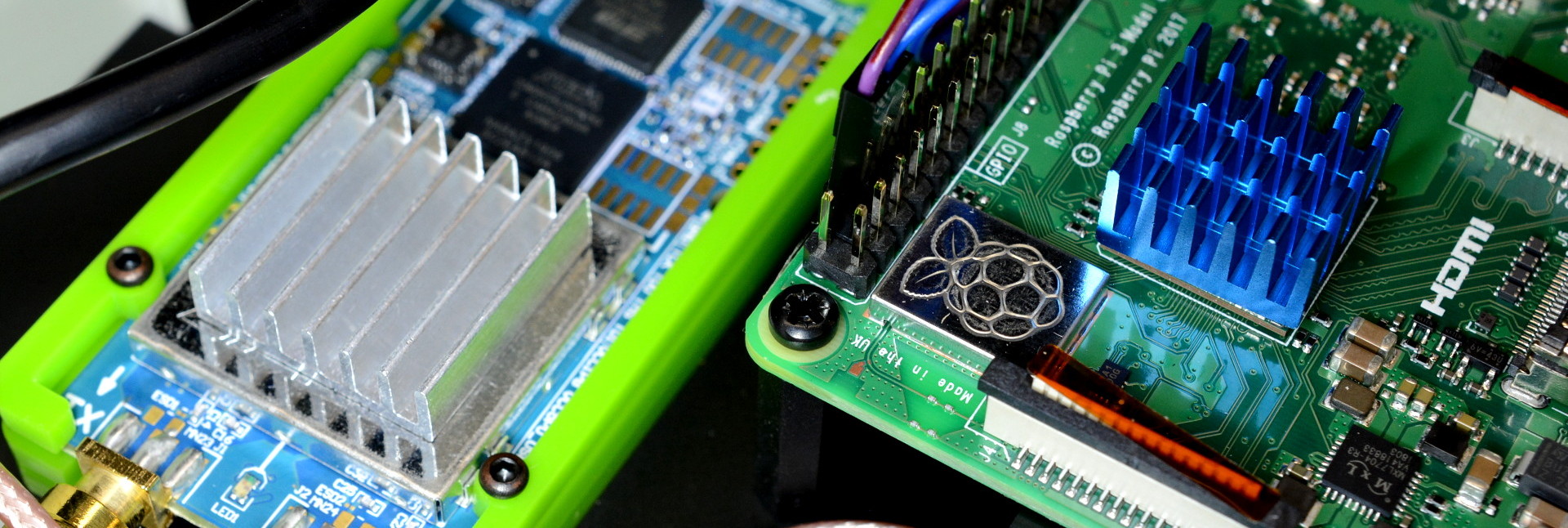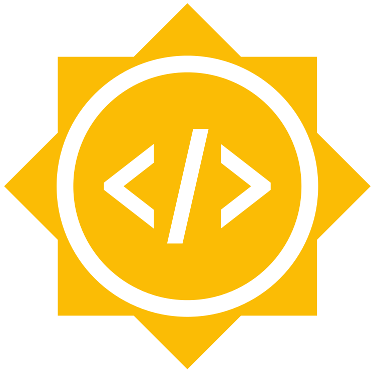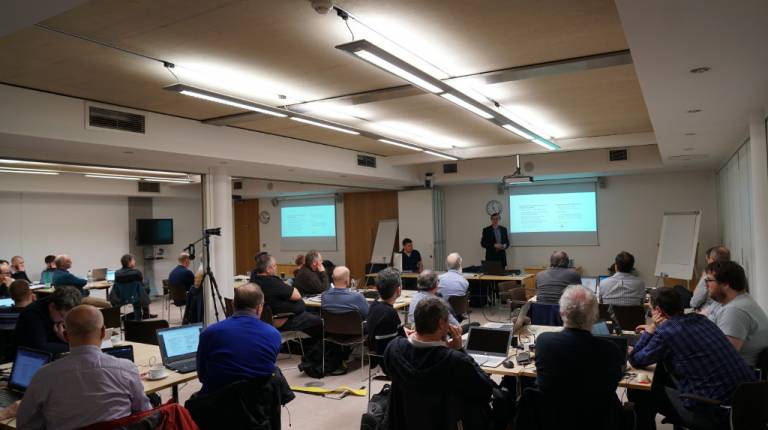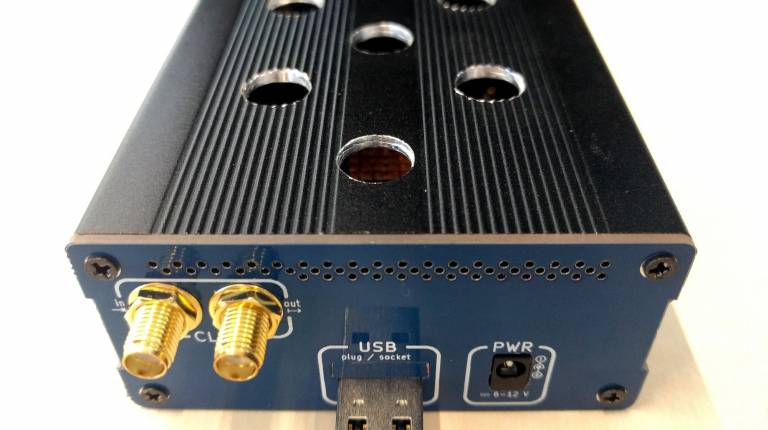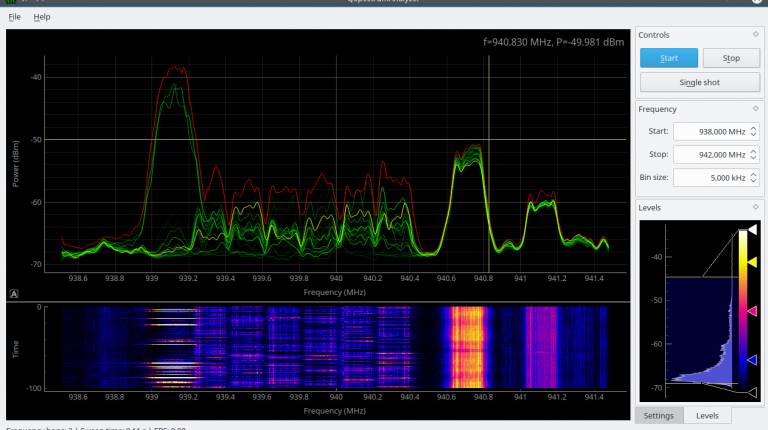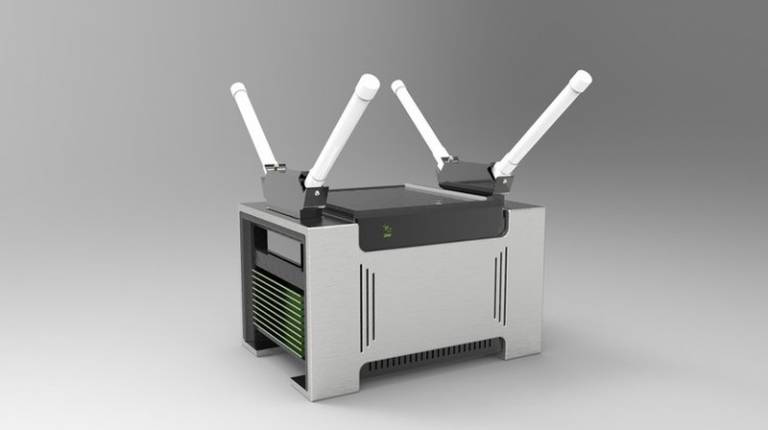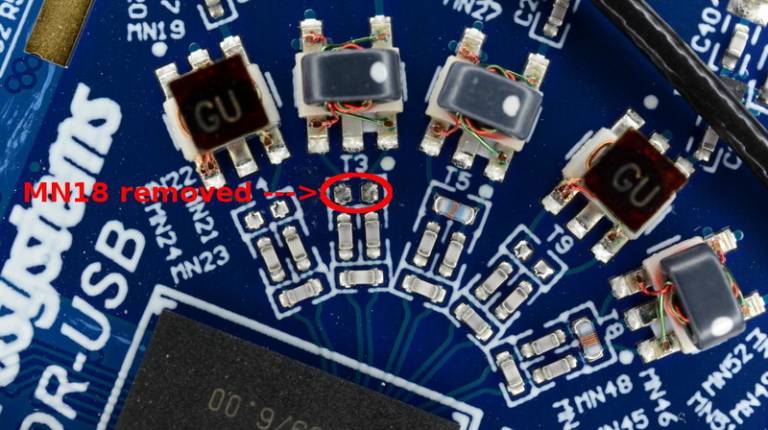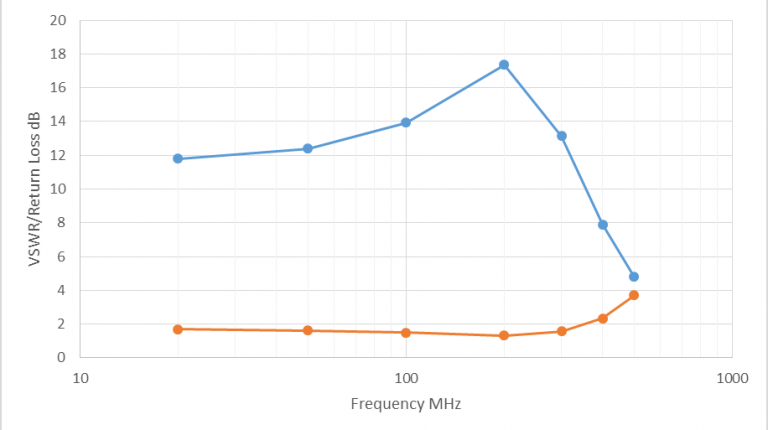Over The Air: ERASynth, Pothos 0.5.0, Hackaday Prize-Winning Cellular Repeater, 3D Printed LimeSDR Case, MATLAB ADS-B Tutorial, and Disney’s Backscatter Research
If you’re looking to pick up a signal generator for your next project or experiment, ERA Instruments is currently looking to raise funds for production of the ERASynth open-hardware 250KHz-15GHz signal generator. Designed to appeal to everyone from hackers and students to professors and professional engineers, the ERASynth’s specifications…
